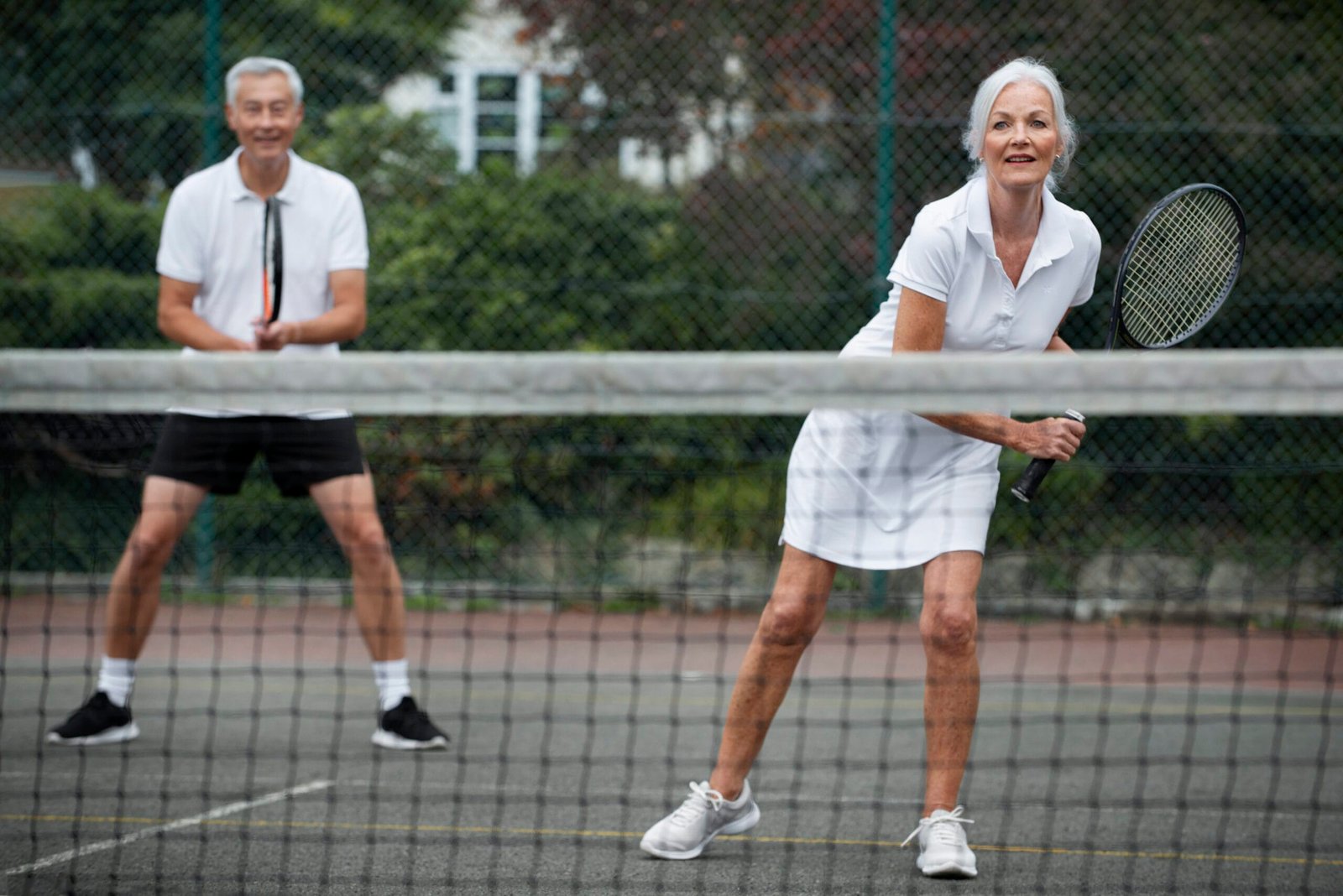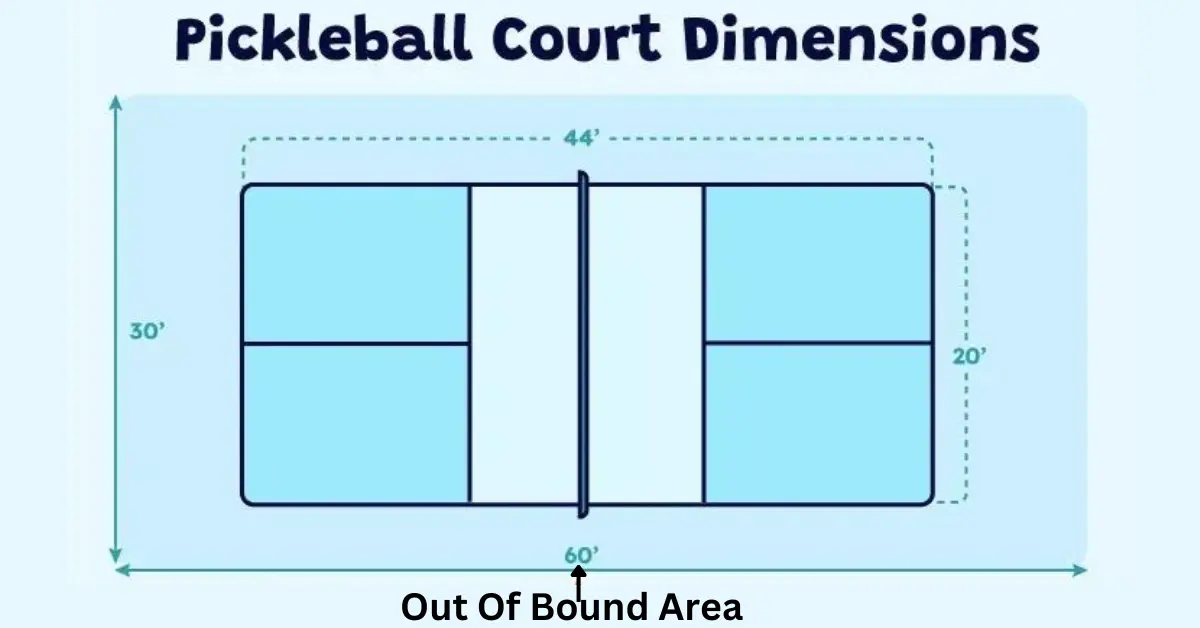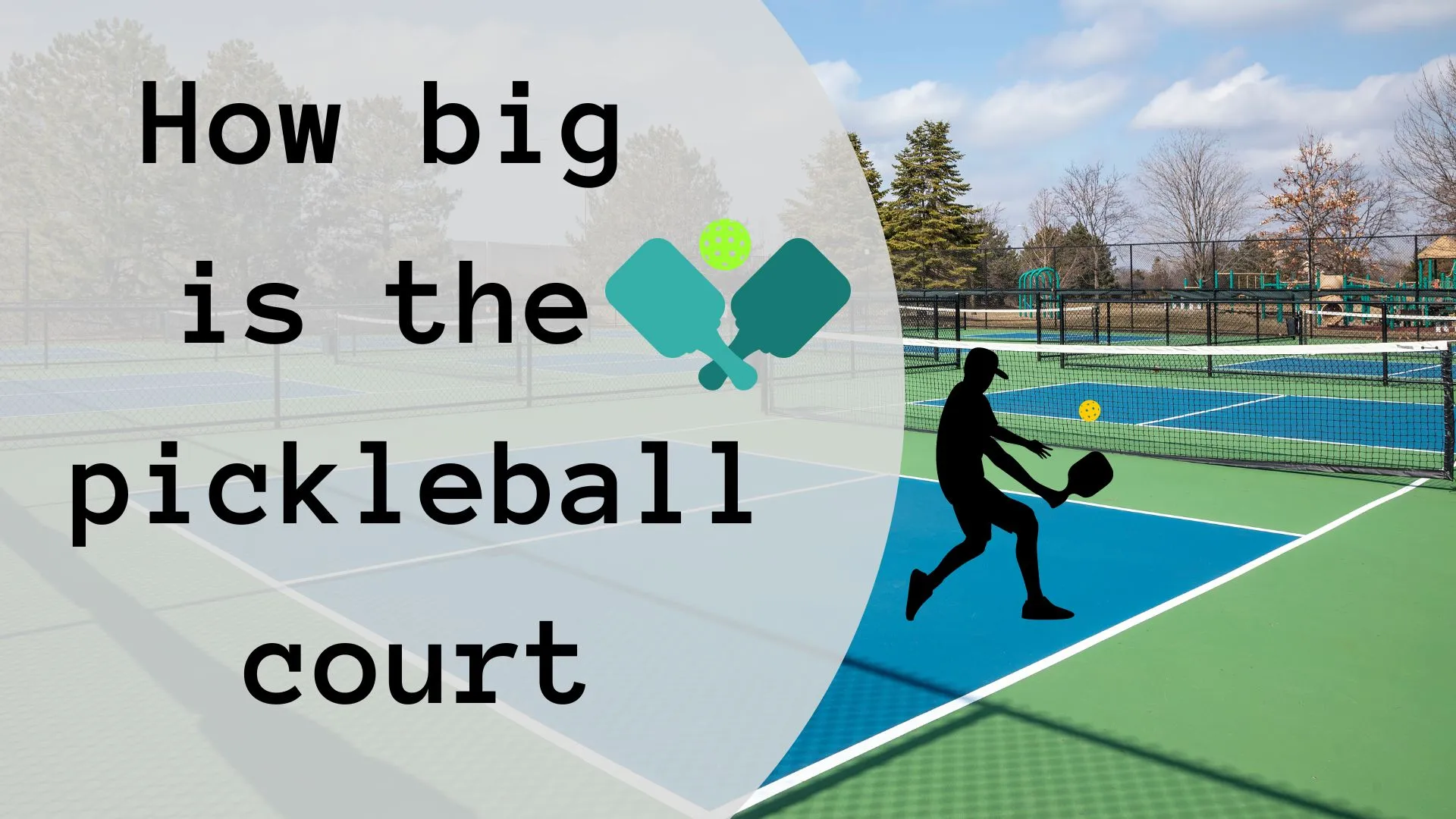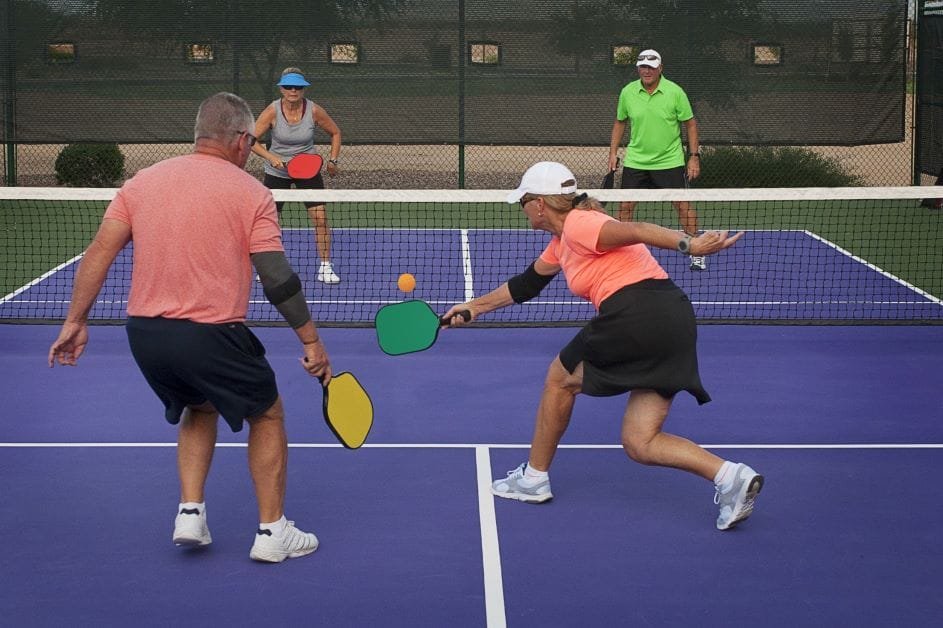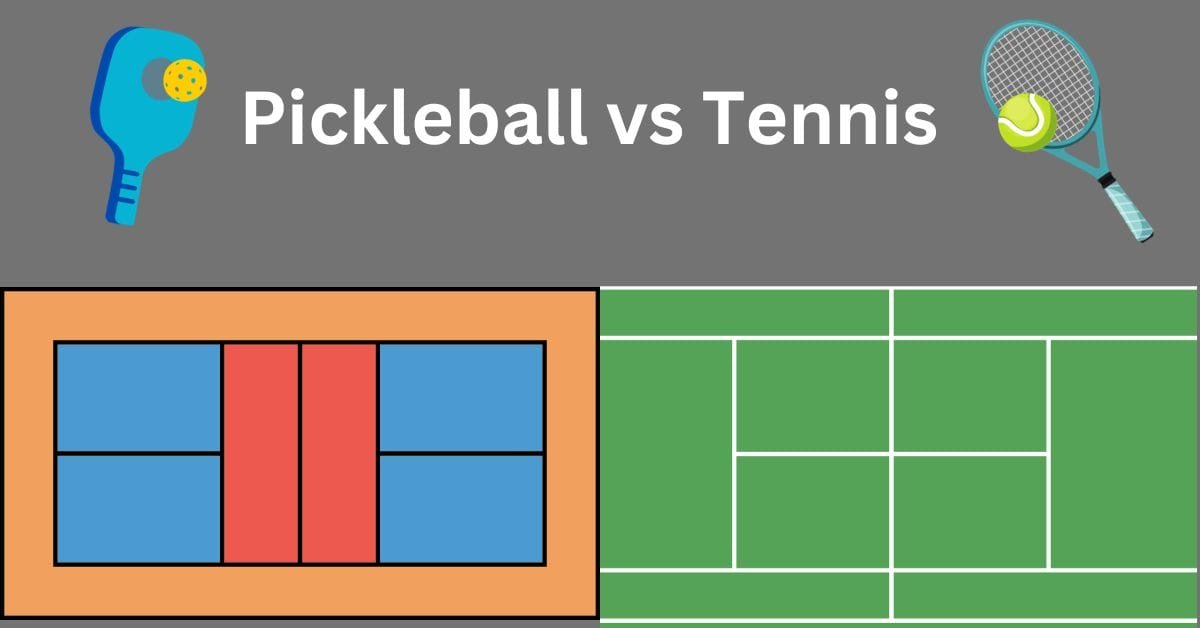What Is the Difference Between Indoor and Outdoor Pickleball Balls
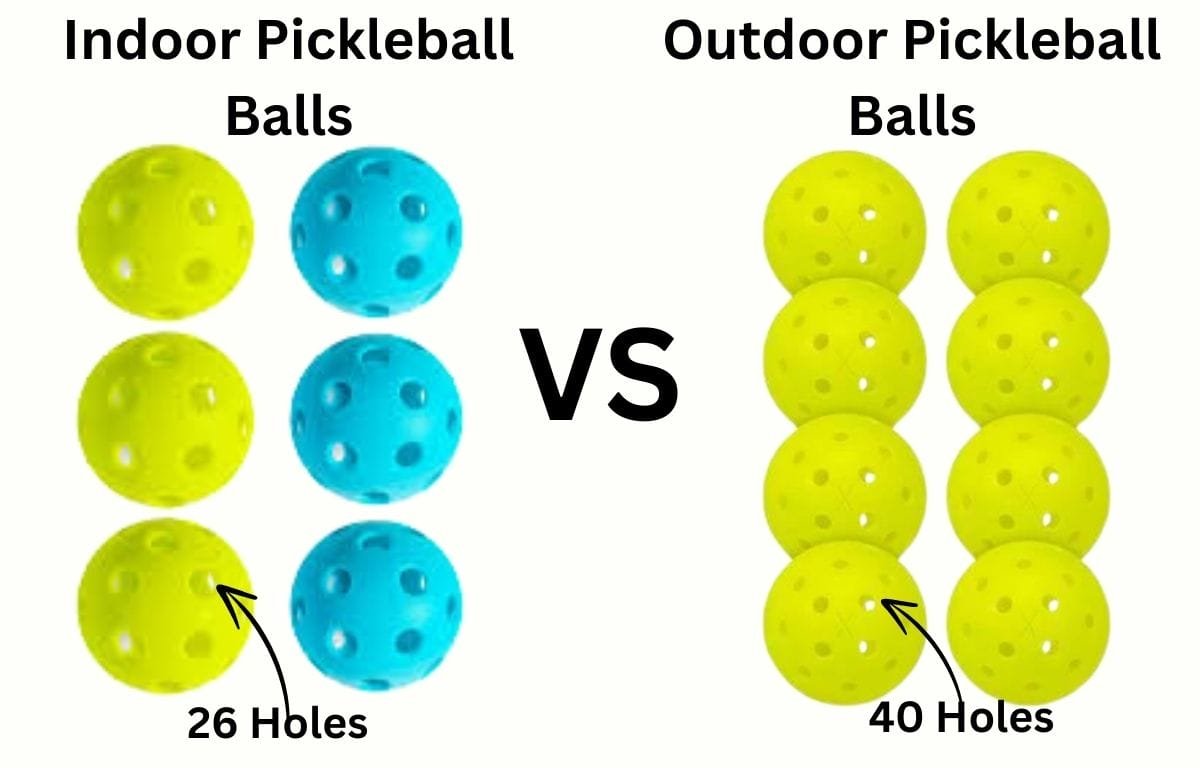
Indoor and outdoor pickleball balls are designed differently to suit the playing conditions, and understanding their differences can help you decide. The main difference between indoor and outdoor pickleball balls lies in their construction and durability, tailored to the different playing environments. They are also designed to be quieter, as noise levels can be a concern indoors.
On the other hand, outdoor pickleball balls are made of harder plastic, which makes them more durable and able to withstand rough outdoor surfaces like asphalt or concrete. They are also designed to be more visible and easier to see in outdoor lighting.
This article will explore the key differences between indoor and outdoor pickleball balls, helping you understand which one is best suited for your game.
What are Pickleball Balls?
Pickleball balls are specifically designed for use in the sport of pickleball. They are made from plastic and have several small holes in them, like a wiffle ball. These holes help reduce the ball’s flight and increase its stability, making it easier to control during play. Pickleball balls come in a variety of colours, with yellow being the most common.
Key Differences Between Indoor and Outdoor Pickleball Balls
Durability
Indoor pickleball balls are designed for use on softer indoor surfaces, such as gym floors. They are typically softer and more prone to cracking or breaking when used outdoors. Outdoor pickleball balls are made with rougher surfaces and conditions to make them more durable.
Bounce
The bounce of a pickleball ball can vary depending on whether it is designed for indoor or outdoor use. Indoor balls are typically designed to have a lower bounce, which can help slow down the game and make it easier to control. Outdoor balls tend to have a higher bounce, which can make for faster-paced and more challenging gameplay.
Material
Indoor balls are typically made of softer plastic material to minimize noise and impact on indoor surfaces. Outdoor balls are made of harder plastic to withstand the rougher outdoor surfaces.
Visibility
Visibility is a vital factor to consider when you select pickleball balls, especially when playing indoors. Indoor balls are often yellow or another bright colour to make them easier to see against indoor backgrounds. Outdoor balls also come in bright colours, but they are designed to stand out against outdoor backgrounds, such as grass or asphalt.
Wind Resistance:
Outdoor balls are designed to be more wind-resistant to prevent them from being blown off course during outdoor play. Indoor balls do not need this feature since they are not affected by wind.
Weight
The weight of a pickleball ball can also vary based on whether it is designed for indoor or outdoor use. Indoor balls are typically heavier than outdoor balls, which can affect how they perform during gameplay. Outdoor balls are usually lighter, which can make them easier to control and manoeuvre on outdoor surfaces.
Texture
The texture of a pickleball ball can affect how it moves and bounces during play. Indoor balls typically have a smooth surface, which can help players control the ball more easily. Outdoor balls often have a textured surface, which can provide a better grip on outdoor surfaces, such as asphalt or concrete.
Color
Indoor balls are usually a single, bright colour (often yellow) to improve visibility under indoor lighting. Outdoor balls are often two-toned (yellow and another colour) to make them easier to see against outdoor backgrounds.
Cost
The cost of indoor and outdoor pickleball balls can vary depending on the brand and quality. Generally, outdoor balls tend to be more expensive due to their durable construction. Indoor balls, while less expensive, may need to be replaced more frequently if used outdoors.
Choosing the right ball depends on where you’ll be playing. Indoor balls are best for indoor courts, while outdoor balls are designed for outdoor play.
Holes of Indoor and Outdoor Pickleball Balls?

Indoor and outdoor pickleballs generally have the same number of holes, which is 40. However, the size and placement of these holes can vary slightly between indoor and outdoor balls. Indoor balls typically have smaller holes compared to outdoor balls.
The reason for this difference is that indoor pickleball is played in controlled environments where wind and other external factors do not affect the ball as much. Therefore, indoor balls are designed to have less air resistance, which is achieved by having smaller holes.
On the other hand, outdoor balls have slightly larger holes to allow for better air circulation, which helps them perform better in outdoor conditions.
The placement of the holes in a pickleball can also vary between indoor and outdoor balls. Indoor balls often have more symmetrical hole patterns, with the holes evenly spaced around the ball. This design helps indoor balls maintain a consistent bounce and flight path.
Outdoor balls, on the other hand, may have a more random hole pattern, which helps them perform better in windy conditions.
indoor and outdoor pickleballs both have 40 holes, but they differ in the size and placement of these holes. Indoor balls have smaller, more symmetrical holes, while outdoor balls have slightly larger, more random holes. These differences in design help each type of ball perform optimally in its respective playing environment.
Pickleball Ball Brands
Several brands manufacture pickleball balls, each with its unique characteristics and features. Some popular brands for indoor pickleball balls include Franklin, Onix, and Jugs. For outdoor pickleball balls, some popular brands include Dura, Onix, and Franklin.
Indoor Pickleball Balls
Indoor pickleball balls are specifically designed for indoor play, where conditions are controlled. These balls are made of a softer material, typically plastic, which allows them to have a consistent bounce on indoor courts. The holes on indoor balls are smaller compared to outdoor balls, which helps in controlling the speed of the ball during rallies.
Outdoor Pickleball Balls
Outdoor pickleball balls, on the other hand, are designed to withstand the elements and are more durable than indoor balls. These balls are made of a harder plastic material, which makes them resistant to cracking and damage on outdoor surfaces. The holes in outdoor balls are larger, which helps in reducing the impact of wind on the ball’s trajectory.
Official USA Pickleball Ball Guidelines Explained
Are you ready to learn about the official guidelines for pickleball balls in the USA? Pickleball is a fun game that’s played with a special ball, and it’s important to know the rules about these balls. Let’s dive in!
Remember, using the right ball is important to play pickleball safely and fairly. Have fun playing pickleball with your friends!
According to the guidelines, a pickleball should be made of a smooth, hard material. This helps it bounce well and makes it easy to hit with a paddle. The ball should be a specific size, about 2.87 inches in diameter. This size is just right for playing pickleball. If the ball is too big or too small, it might be hard to play the game.
The colour of the ball is also important. According to the guidelines, the ball should be a bright colour, like yellow or green. This makes it easy to see, especially when playing outside in the sun. A bright colour also makes the ball stand out against the court, so players can see it.
The guidelines also say that the ball should have a specific number of holes. A pickleball should have 40 holes, evenly spaced around the ball. These holes help the ball fly through the air smoothly and make it easier to hit accurately.
These rules are important to make sure everyone plays fair and has fun.
Finally, the guidelines say that the ball should have a certain hardness. This is measured using a special device called a durometer. The ball should have a hardness of 40 to 50 on the durometer. This ensures that the ball has the right amount of bounce for the game.
USAPA Pickleball Requirements
The USA Pickleball Association (USAPA) had specific requirements for pickleball equipment, including paddles, balls, and court dimensions. Here are the general guidelines:
These are the basic equipment and court requirements for pickleball as specified by the USAPA.
Indoor Vs Outdoor Pickleball Courts
Pickleball can be played on different types of courts, such as indoor and outdoor courts. Each type of court has its features and benefits. Let’s explore the differences between indoor and outdoor pickleball courts.
Indoor Pickleball Courts:
Surface: Indoor courts usually have a smooth and hard surface, such as wood or concrete. This surface provides good traction for players’ shoes, allowing them to move quickly and make precise shots.
Environment: Indoor courts are protected from outdoor elements like wind, rain, and sun. This means that indoor games are less affected by weather conditions, making them more consistent and predictable.
Lighting: Indoor courts are well-lit, ensuring good visibility of the ball and the court lines. This helps players see the ball clearly and play their best.
Size: Indoor courts are typically smaller in size compared to outdoor courts. The smaller size makes indoor games faster-paced and more intense.
Cost: Building and maintaining indoor courts can be more expensive due to the need for lighting, climate control, and flooring materials.
Outdoor Pickleball Courts:
Surface: Outdoor courts can have different surfaces, such as asphalt, concrete, or acrylic. These surfaces may be rougher than indoor courts, which can affect the speed and bounce of the ball.
Environment: Outdoor courts are exposed to the elements, which can impact gameplay. For example, wind can affect the flight of the ball, and sun glare can make it challenging to see.
Size: Outdoor courts are usually larger than indoor courts. The larger size allows for more movement and strategic play.
Cost: Outdoor courts are generally less expensive to build and maintain compared to indoor courts. They do not require lighting or climate control, which reduces overall costs.
Both indoor and outdoor pickleball courts offer unique playing experiences. Players can enjoy pickleball on both types of courts, each offering its benefits and challenges.
Conclusion
In conclusion, knowing the difference between Indoor and Outdoor pickleball balls is essential for a great game. Indoor balls are ideal for controlled indoor play, while outdoor balls are better suited for outdoor conditions. Understanding the differences between the two can help you choose the right ball for your game.

